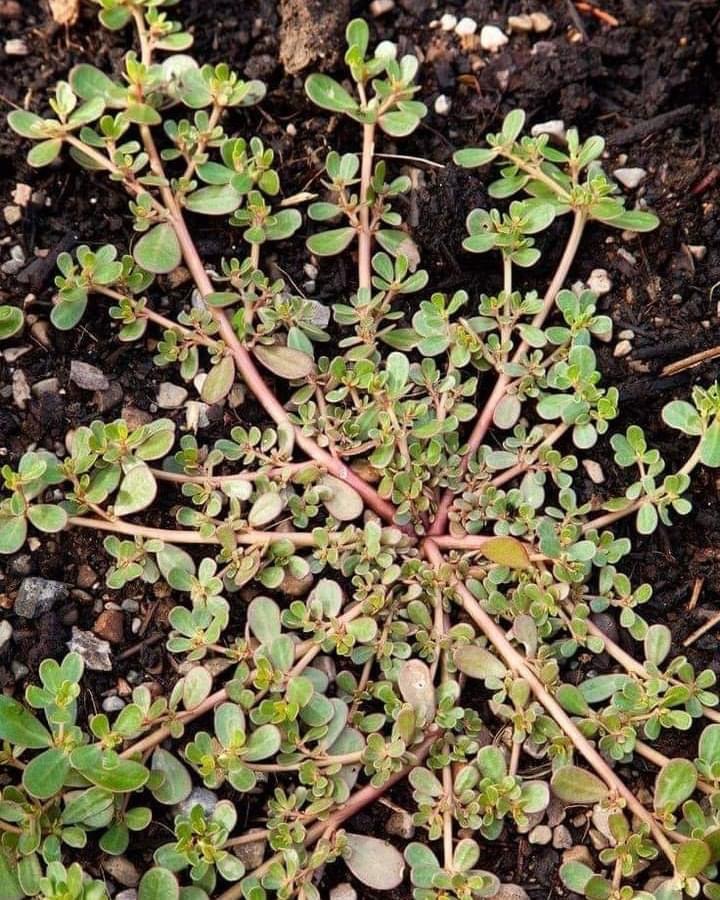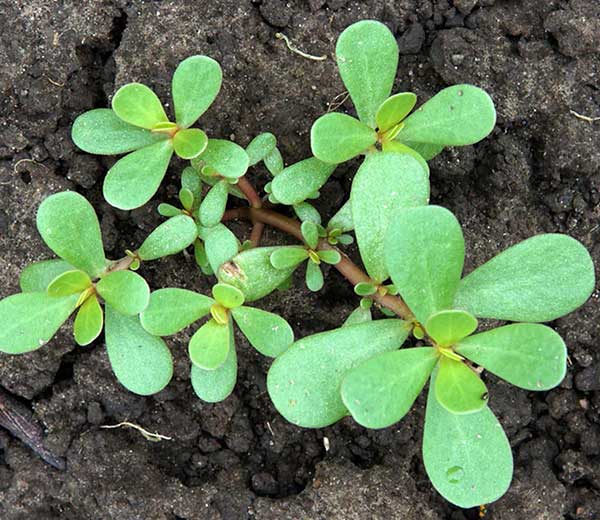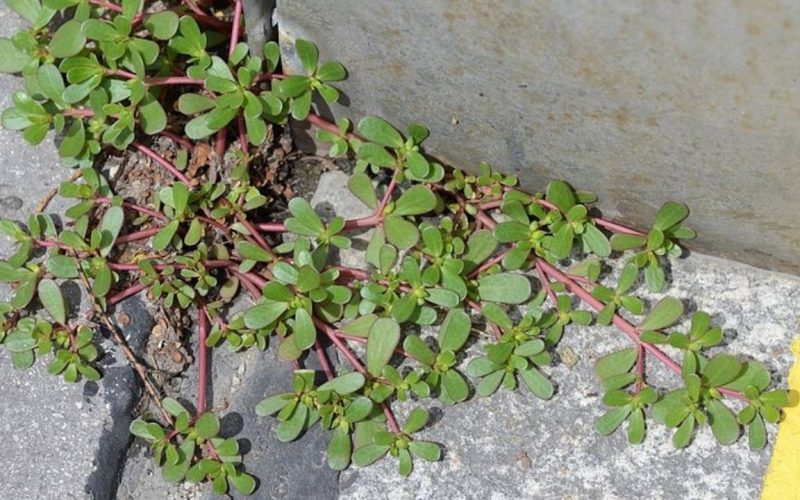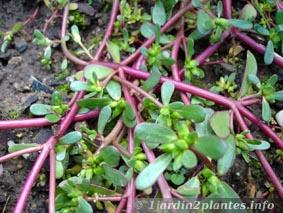Purslane: if you think it's a weed, you're wrong!
- jf9106
- Dec 9, 2022
- 3 min read
Purslane contains more Omega 3 than many fish oils! This "weed" also has one of the highest levels of vitamin A of any green leafy vegetable (1320 IU/100g, provides 44% of the RDA). Foods rich in Vitamin A can help protect us from many types of cancer and help improve eye health.
In addition, purslane is full of two types of betalain alkaloid pigments - reddish betacyanins and yellow betaxanthins, which are also antioxidants and antimutagens. Purslane also contains vitamin C and B-complex vitamins, including riboflavin, pyridoxine, niacin, as well as carotenoids, trace elements such as iron, magnesium and calcium.
Better than many food supplements!
Purslane in your garden: 8 reasons not to kill it!
Purslane is an annual herbaceous plant that forms clumps. It has long creeping stems and is covered with small, round, fat, soft green leaves. Between July and October, it is decorated with small yellow flowers. Its leaves are eaten fresh and have a slightly acidic and spicy taste. It grows spontaneously in the gardens of the south of France, but it is possible to cultivate it in your garden, or in a pot, if your land is not suitable!
Purslane (Portulaca oleracea) spreads its succulent stems, whose fleshy tissues are rich in water, at ground level in late summer. Wrongly considered as a weed, it is in fact one of the oldest vegetable plants. Imported from the East by the Romans, then neglected over time, it has become naturalized in our gardens. Jean-Baptiste de La Quintinie, Louis XIV's gardener, had empirically sensed the excellent nutritional properties of purslane and considered it a "health salad". It is also a bio-indicator plant, that is to say that it gives information on the nature of the soil. If it is very present, it means that the soil is too compact, lacks air and is deficient in calcium. It also indicates that the soil is dry during the summer months and has difficulty fixing the elements.
The 8 good reasons to grow Purslane in your garden:
1. FIGHT AGAINST DEPRESSION:
Purslane leaves are a good source of Omega-3, which is an excellent fuel for the brain, prevents heart attacks and is an excellent treatment for depression. According to Mother Earth Living, you can replace your leafy greens on your plate with purslane leaves. Use them to garnish your sandwiches, add them to soups, stews and especially in all your salads! Purslane has a peppery taste and can sometimes be bitter.
Contra-indication: Avoid eating purslane during pregnancy, it allows the uterine muscles to contract.
2. HYDRATION :
Purslane is 93% water. Use this plant to replenish dehydrated cells.
3. CALMING INFLAMMATION
In ancient Greece, purslane was already used to soothe inflammation of the skin and mucous membranes. Purslane is also effective in treating respiratory inflammation such as sore throats, but also urinary inflammation such as painful cystitis. In addition, purslane has diuretic properties.
4. AN EXCELLENT ANTIOXIDANT
Purslane is rich in vitamins A, C and E, which delay cell damage and slow down skin aging.
5. TO FACILITATE BLOOD CLOTTING
Purslane leaves are also used to facilitate blood coagulation.
In phytotherapy, the whole plant is used: fresh, in decoction or dried and then reduced to powder to be taken in the form of capsules. A well-known benefit of purslane in capsule form is that it regulates blood sugar levels, which is particularly important for people who suffer from diabetes.
6. RICH IN ESSENTIAL NUTRIENTS
Calcium and Magnesium: Adding purslane leaves as suggested above will help keep your bones, teeth and muscles healthy.
Potassium: By adding purslane to your daily diet, it will help maintain good blood pressure
Iron: Iron is not only found in meat and beans. Purslane is also a good source of iron.
7. CONTAINS BETALAIN
Purslane contains betalain. This is an antioxidant that prevents cholesterol from damaging the blood vessels. Therefore, purslane has an extremely positive effect on cholesterol levels.
8. PRODUCTION OF MELATONIN
This antioxidant helps to produce melatonin. Melatonin is very important for regulating the sleep-wake cycle.
HOW TO EAT PURSLANE?
Very similar to lamb's lettuce, purslane is sometimes called health salad. Its fleshy leaves are a pretty, intense green, even in winter. What a way to brighten up your plate! Don't just eat the leaves because the stems are also very tasty. The thicker stems can be prepared and enjoyed like pickles.
Basically, let the purslane grow in your garden! Learn how to add it to your dishes and you'll be healthier!
What are the edible purslane plants?
The 'green purslane', known as 'wild', the 'golden purslane', the 'golden purslane with large leaves' are the main varieties knowing that the last mentioned is the sweetest


















Comments